For many a trip to space is a dream come true. Many would like to see the Earth from so high up and think for a moment what man really is, with a vast background beyond.
Behind the dreams and fantasies of such a life experience, there is of course plenty of science, which on the one hand leaves nothing to chance - or almost nothing - on the other hand supports, documents and studies what needs to be done to successfully crown a space mission.
And somewhere there comes the always unpredictable human factor. Because no matter how astronauts are "well-tuned machines", trained to withstand unrealistic, if one thinks about it, conditions, it is possible that some gap in their impeccable planning will overturn the detailed planning of a mission.
Something like this happened, and made history, in the last Skylab mission, 45 years ago.
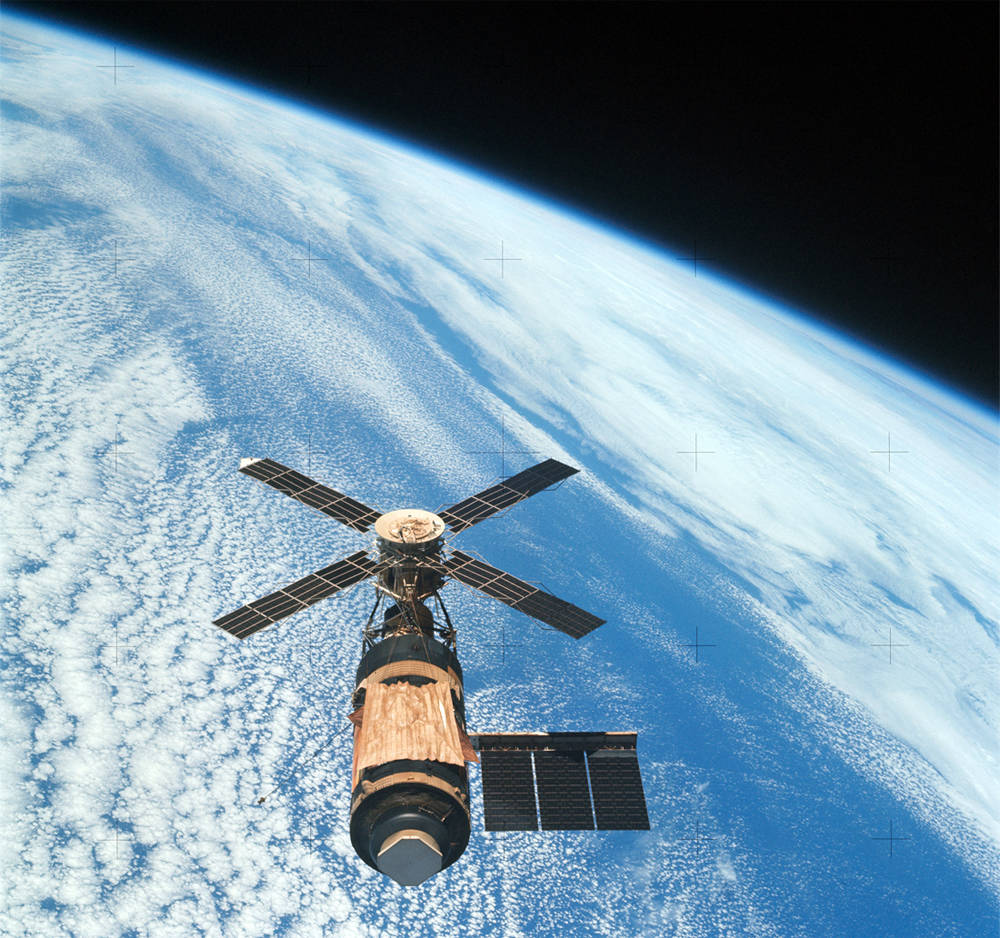
The words insurgency and strike are used to describe what happened on December 28, 1973, although neither was exactly the case. After all, according to one position, nothing was done on purpose that day. In his book Homesteading Space: The Skylab Story, David Hitt denies that the crew deliberately cut off communication with Earth. Let us consider here how officially there is no mention of a space strike or insurgency. So all the information is based on the reports of those who either participated or are aware of what happened.

However, the protagonists themselves narrate the events differently.
Crew of Skylab 4- let's say the ancestor of today International Space Station - were Gerald P. Carr, Edward G. Gibson and William R. Pogue. The three astronauts spent 84 days in space, with a heavy schedule and a multitude of tests, experiments and tasks to complete.
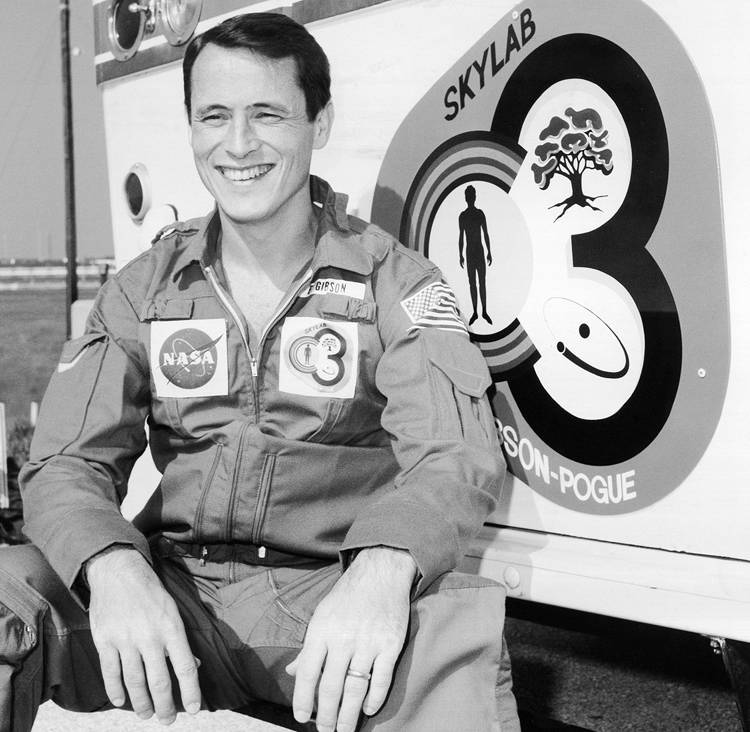
Struggling with the weight of the obligations, and while they were already starting to get tired of the conditions, they asked NASA to relax the programming and to lighten their daily life. Something that, from what has become known, the Service rejected.
Faced with NASA's denial of their requests, the three astronauts closed the communications with the control services, on the ground, and spent their day about as everyone would dream. Relaxing and gazing at the view of the Earth.
The mission continued for several weeks before the crew returned to Earth in 1974. The mission was Skylab's last and the last time American astronauts were on a space station for almost two decades, until the 90s and the American Russian Shuttle-Mir program.
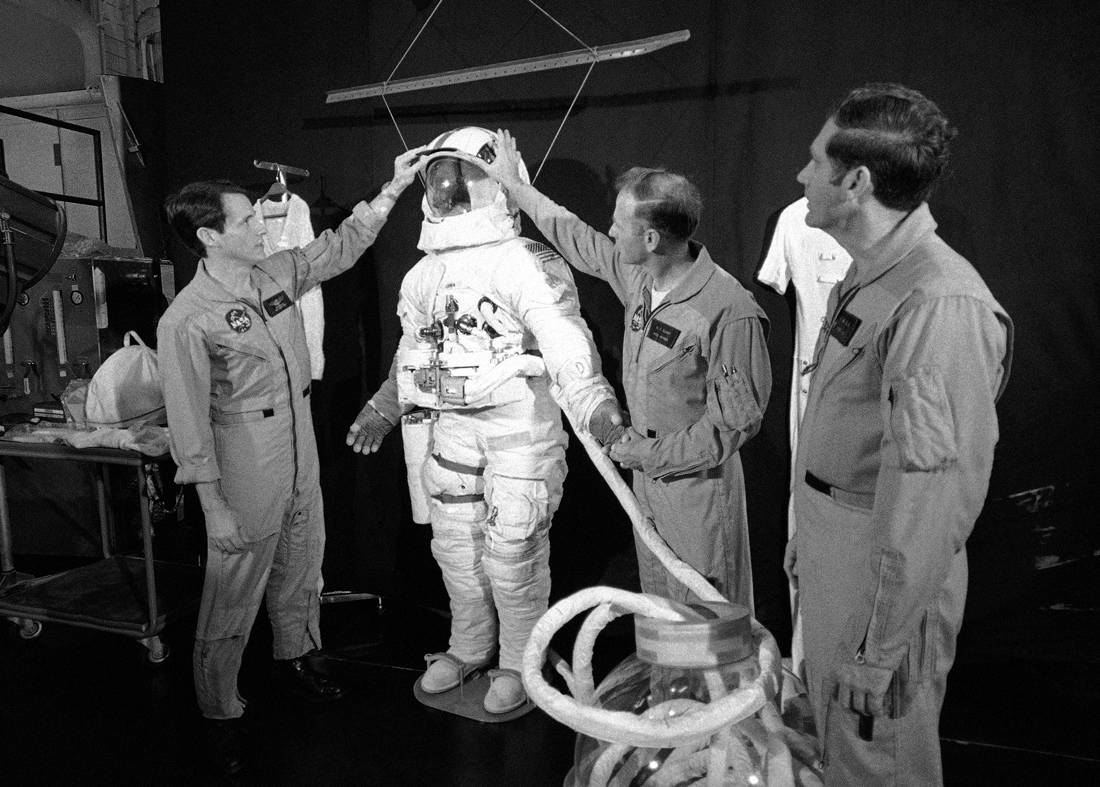
Skylab was a short program in which three crews were sent into space. It was developed after the "Apollo" focusing on Skylab, a laboratory assembled on Earth and launched with the latest Saturn V. Then the Saturn 1B rocket carried the crew.
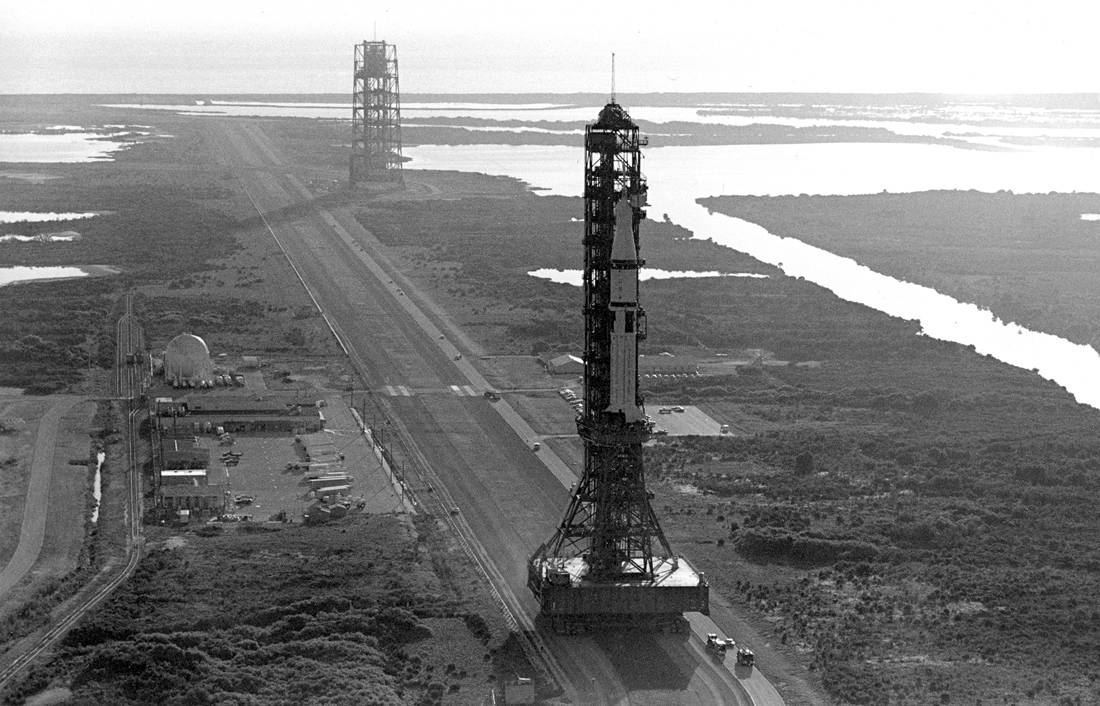
The crew of Skylab 2- Skylab 1 was named the mission of the space station itself - it remained in orbit for 28 days. Their main object was to maintain the station and install a sun visor, to drop the temperature in the parts of the station where they slept, and then to observe it. Sun., experiments on the Earth's natural resources and medical tests.

The Skylab 3 crew then remained in orbit for almost 60 days, continuing the maintenance work of the station but also proceeding with additional scientific and medical experiments. Skylab 4 broke all stay records.
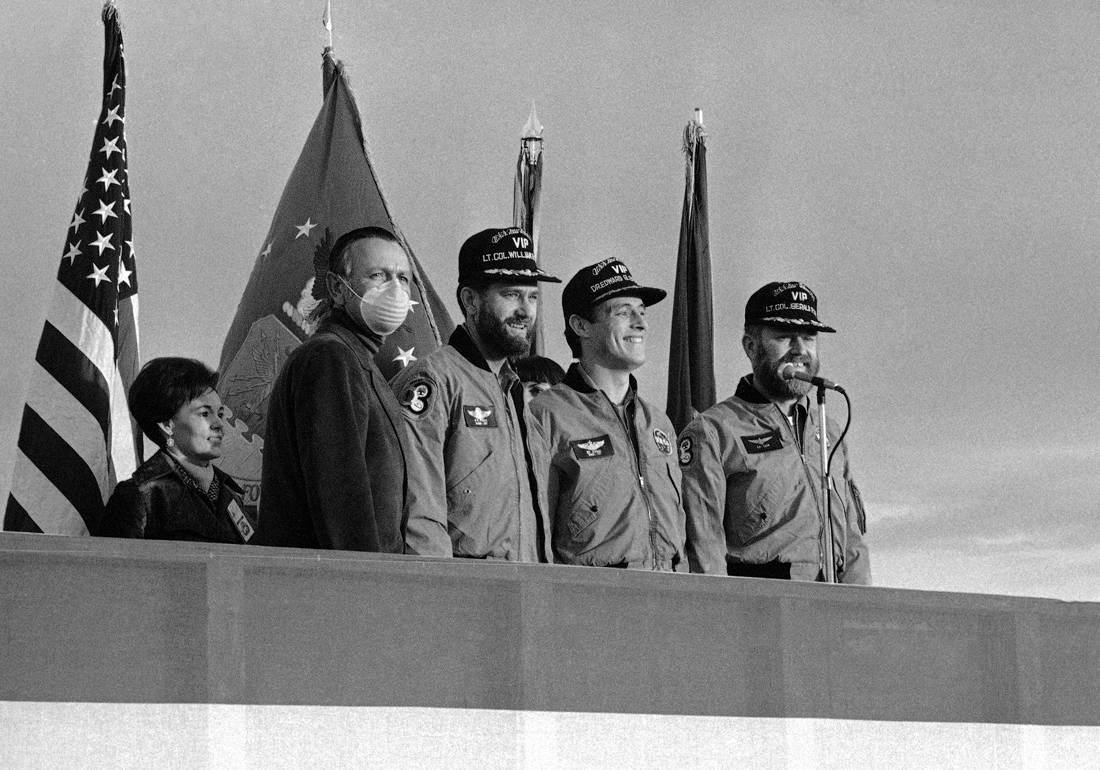
Carr, Pogue and Gibson embarked on their space voyage on November 16, 1973, on a demanding 84-day mission. They were asked to complete a total of 6.051 working hours, doing various scientific and medical experiments as well as observations of the Sun, the Earth and the comet Kohoutek. They had planned four space walks for a total of about a day.
Speaking in 2016, Edward Gibson had talked about his own spacewalk experience. "When you're out there, is a silent world, except the whispers of your own breathing. You feel like the people down there do not even know that you are there. "
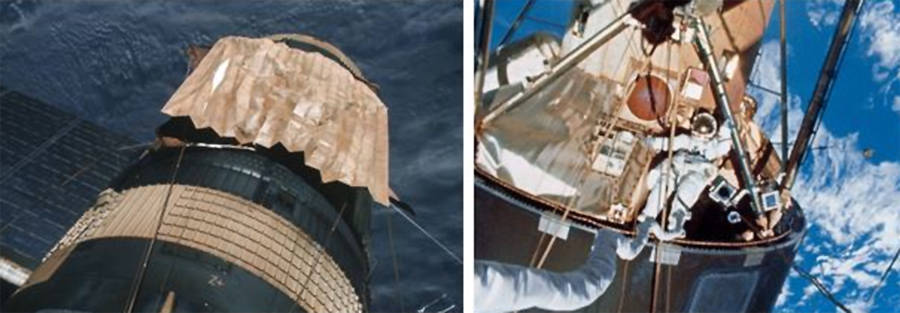
But the Skylab 4 crew had more difficulty with the demanding program than its predecessors. Maybe because they were all rookies: Skylab 2 and 3 crews were led by Pete Conrad and Al Bean respectively, who also participated in the mission Apollo 12 and were familiar with the very strict requirements of space.
The long working hours and the endless to-do lists were the responsibility of the "novice" astronauts. The crew was exhausted and lagging behind in planning. THE NASA meanwhile he was pushing, as they say, even though they could not cope. The ground crews involved in the mission disagreed. They argued that the astronauts complained a lot and that they had to work both during lunch and rest days to make up for lost time. It was very expensive to send it into orbit for 84 days, and NASA had decided to make the most of this "output".
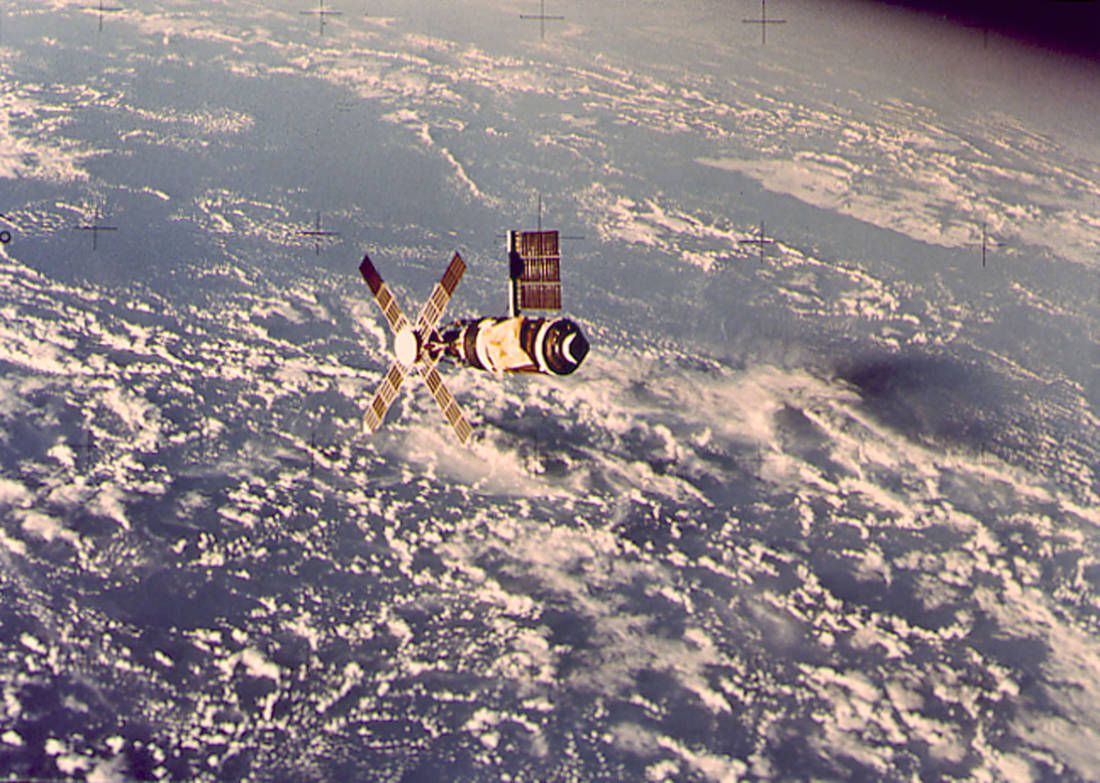
Man's stay in space was and remains one extremely costly venture. A single day at Skylab cost $ 22 million - the value of the currency in 4. So any downtime was interpreted as an unnecessary cost overrun.
The request for free time was a problem for the ground services. Cape Canaveral officials interpreted it as a possible sign depression or symptom 'lethargy»
Pogue insisted it was neither. He explained that he and the other two crew members just wanted more time to look out the window and think. The mission had made him "lean towards humanitarian sentiment towards other people, other astronauts," he told Science News in 1985. "I try to put myself in a human position instead of trying to function as a machine," he said.
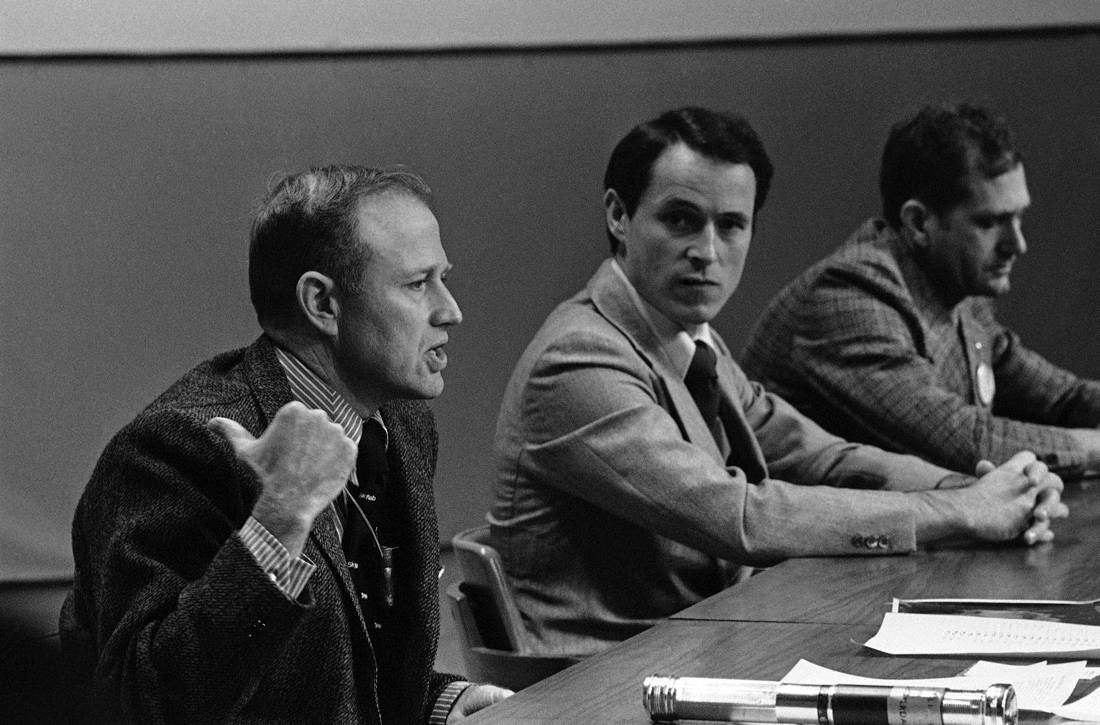
"We had a very heavy schedule," Pogue had characteristically described. "We struggled all day. The work was sometimes tedious and boring - although the view was incredible.
About six weeks after the mission began, just days before the end of 1973, the Skylab 4 crew reached no further. He announced to the ground services that he was taking a day off - off schedule, of course, and the astronauts closed communications with Earth and enjoyed a day of rest, relaxing and enjoying the stunning view of the Earth. After all, what could NASA do about it? Go and get them?
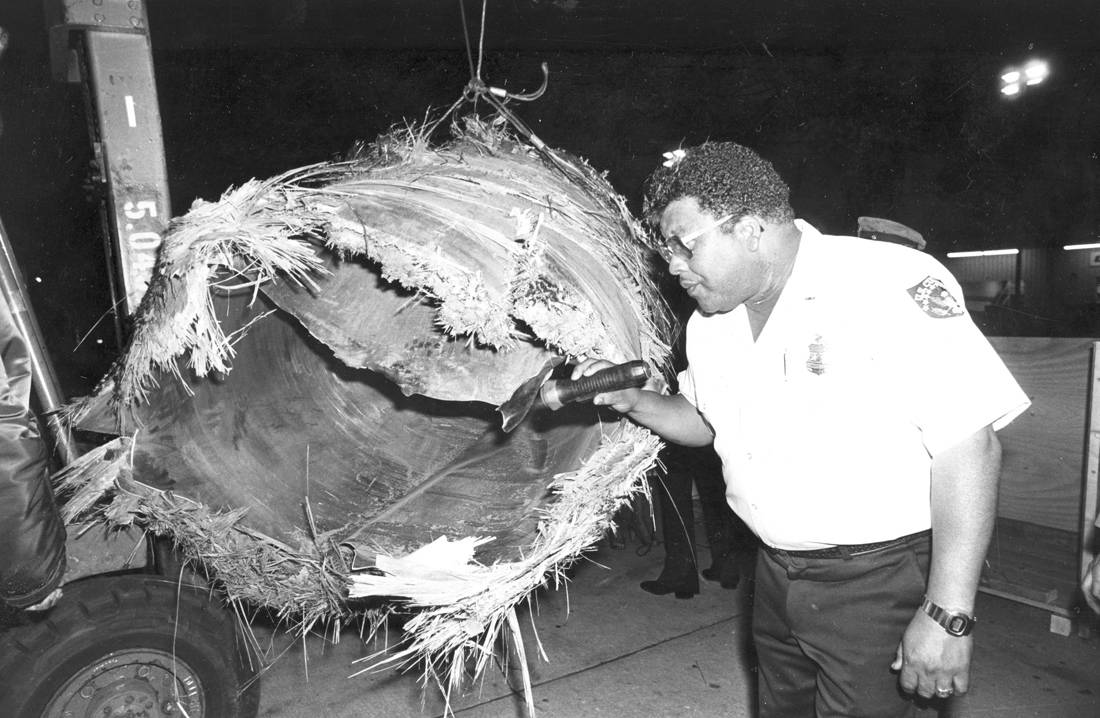
Eventually, a compromise was reached. Some routine work was decided to be done when there was time and if the crew could. The Houston crew also agreed to let the astronauts take a breather during meals, at scheduled times. rest and the hours after dinner.
The crew's request to reduce the workload was eventually granted, and this led to an improvement in performance, much to the delight of NASA, which saw the mission complete without a deviation from the program. However, the "space coup" also had its price: None of the three "rebel" astronauts traveled to space.
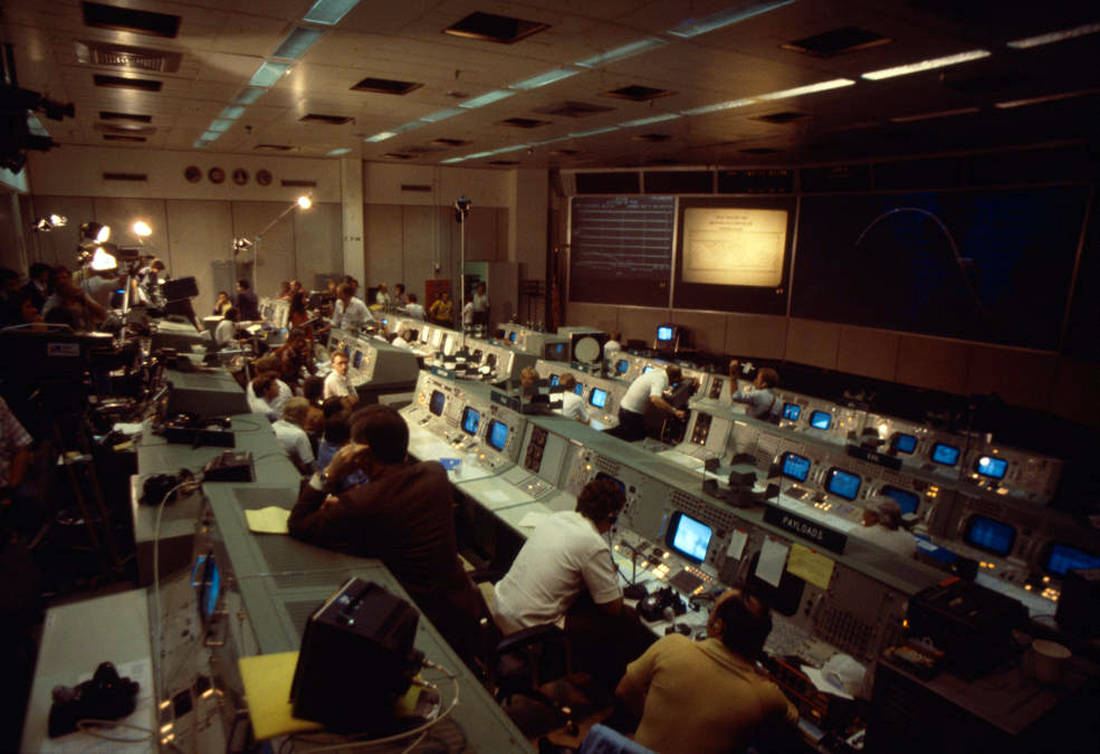
The trip of the three back to Earth lasted five hours. Despite some problems with the landing gear, they crashed into the Pacific Ocean on February 8, 1974, as scheduled. According to the BBC, Gibson came out of the capsule saying: "I feel great".
The Skylab space station remained in orbit until 1979 and broke into pieces - empty crew - as it entered its atmosphere. Land.
